VIDEO: Hayagriva Buddha’s Sanskrit Mantra: King of All Protections, Pacifies Strife, Disease and Negativities—chanted 108 times
The mantra of the Heruka manifestation of Amitabha Buddha — the great and glorious Hayagriva — has been called the “King of All Protections” mantra.
Many Buddhist teachers have requested students recite Hayagriva’s supreme mantra in troubled times. In The Sutra of Forming Hayagriva it is called
“The King of All Protections”
In the sutra it is written:
“Whoever, including even the insects, has heard the name and mantra of Hayagriva only one time will never again fall into the lower paths.”
Chant along with us now, Hayagriva’s swift and powerful mantra 108 times with beautiful visualization images in this Buddha Weekly special presentation.
Video: King of All Protections Mantra
108 Sanskrit Chanted Repetitions
CONTENTS
00:00 Introduction
02:27 Mantra chanting begins in Sanskrit 108 times with meditation images!
CHANTED (singing, music and arrangement) by Hrishikesh Sonar
King of All Protections Mantra
In the Manifestation of the Superb Victorious Wrathful Great Horse Tantra, the benefits of reciting Hayagriva’s supreme mantra, is described as: “Those who merely recite the mantra frequently will be free from afflictions. Hayagriva is the king of all protections.”Many great teachers continue to request their students accumulate Hayagriva Heruka’s mantra — known to be particularly efficacious in these troubled times, famous for both healing of serious diseases, averting strife and war and other disasters and negativities. (See his origin story for the reasons why, in the linked video.)
Venerable Zasep Rinpoche advises: “Regarding sharing and reciting Hayagriva’s mantras it is fine, as long as you don’t do self generation without the empowerment.” — in other words, visualize Hayagriva in front of you, not with yourself as the deity.
NOTE: This is a rare chanting of the mantra in the original Sanskrit language. Many people also practice the Tibetan version (see both below) — although this video is the most sacred and ancient Sanskrit mantra.
Bring the benefits of Hayagriva’s supreme mantra into your life. Chant along now, 108 times with beautiful visualized images of the great wrathful lord of Compassion. To learn more about Hayagriva Buddha, visit the video linked in the top right of this video, or here—
— for an exciting documentary covering Hayagriva, his practice, appearance, benefits, origin story and what the teachers have to say about his important practice.
Hayagriva’s practice, although a Highest Yoga Tantra practice — that strictly requires empowerment to self-generate — is openly practiced by many devotees of the Padma family (front-visualized if you don’t have empowerment): compassionate people who care about the suffering of the world. It is also considered the “practice for modern” times — since Hayagriva’s mandala exists tangibly in our world.
Mantra in Sanskrit and Tibetan
The mantra as chanted:
OM HRIH PADMAN TATRO VAJRA KRODHA HAYAGRIVA HULU HULU HUM PHAT.
NOTE: Phat is pronounced P-hey — the T is almost silent as this is an “aspirated” P-Hey – t
In Tibetan, this is typically pronounced (not in this video):
OM HRIH PEMA THAN DRIH BENZA TROHDHA HAYA GRI WA HOOLOO HOOLOO HUNG PEY!
- EXTENSIVE FEATURE on Hayagriva Buddha on Buddha Weekly here>>
2 thoughts on “VIDEO: Hayagriva Buddha’s Sanskrit Mantra: King of All Protections, Pacifies Strife, Disease and Negativities—chanted 108 times”
Leave a Comment
More articles by this author
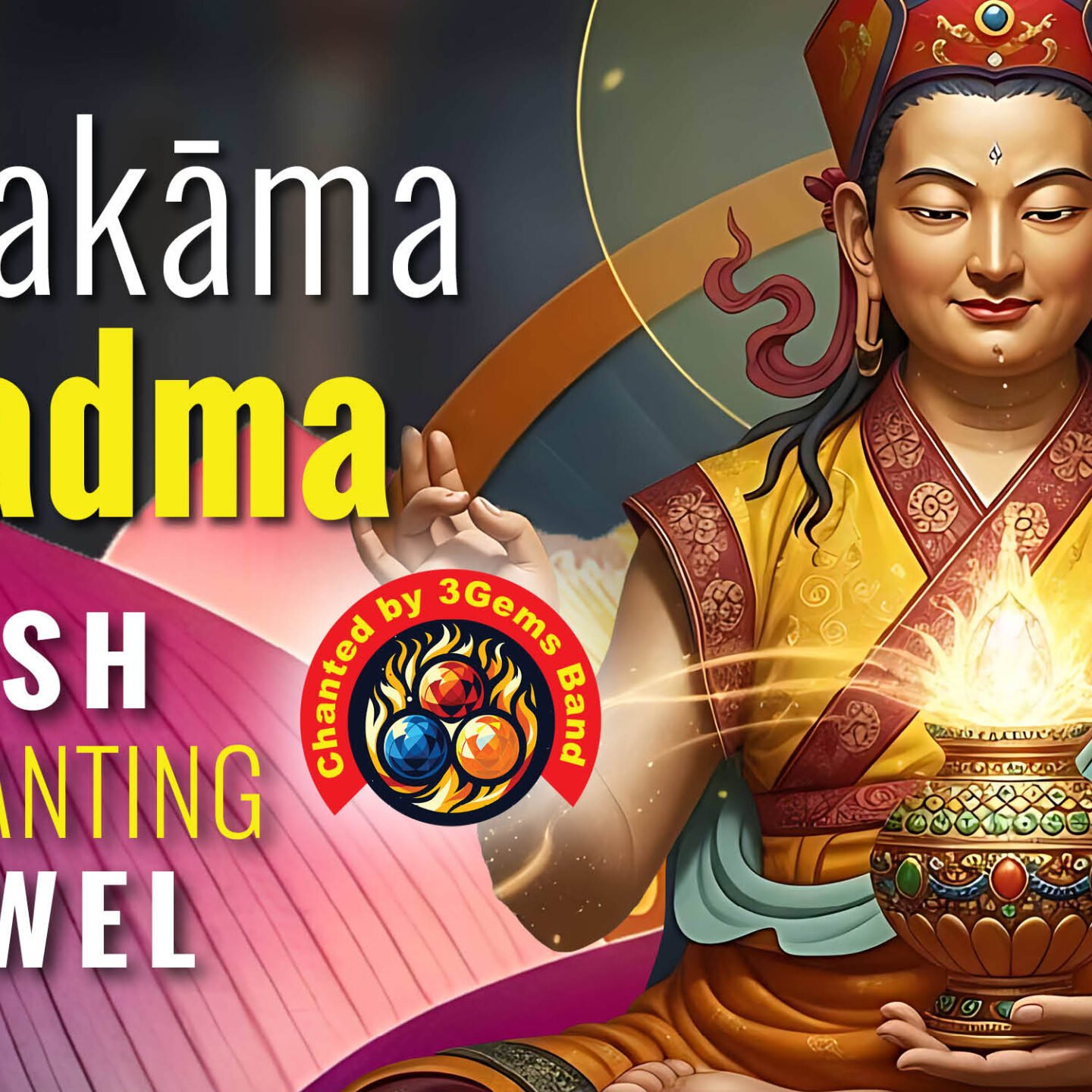
SUPPORTING MEMBER VIDEO: OFFICIAL MUSIC VIDEO: Padmasambhava Sanskrit Stuti: Prayer that Swiftly Fulfils All Wishes by LONGCHENPA and Mantra
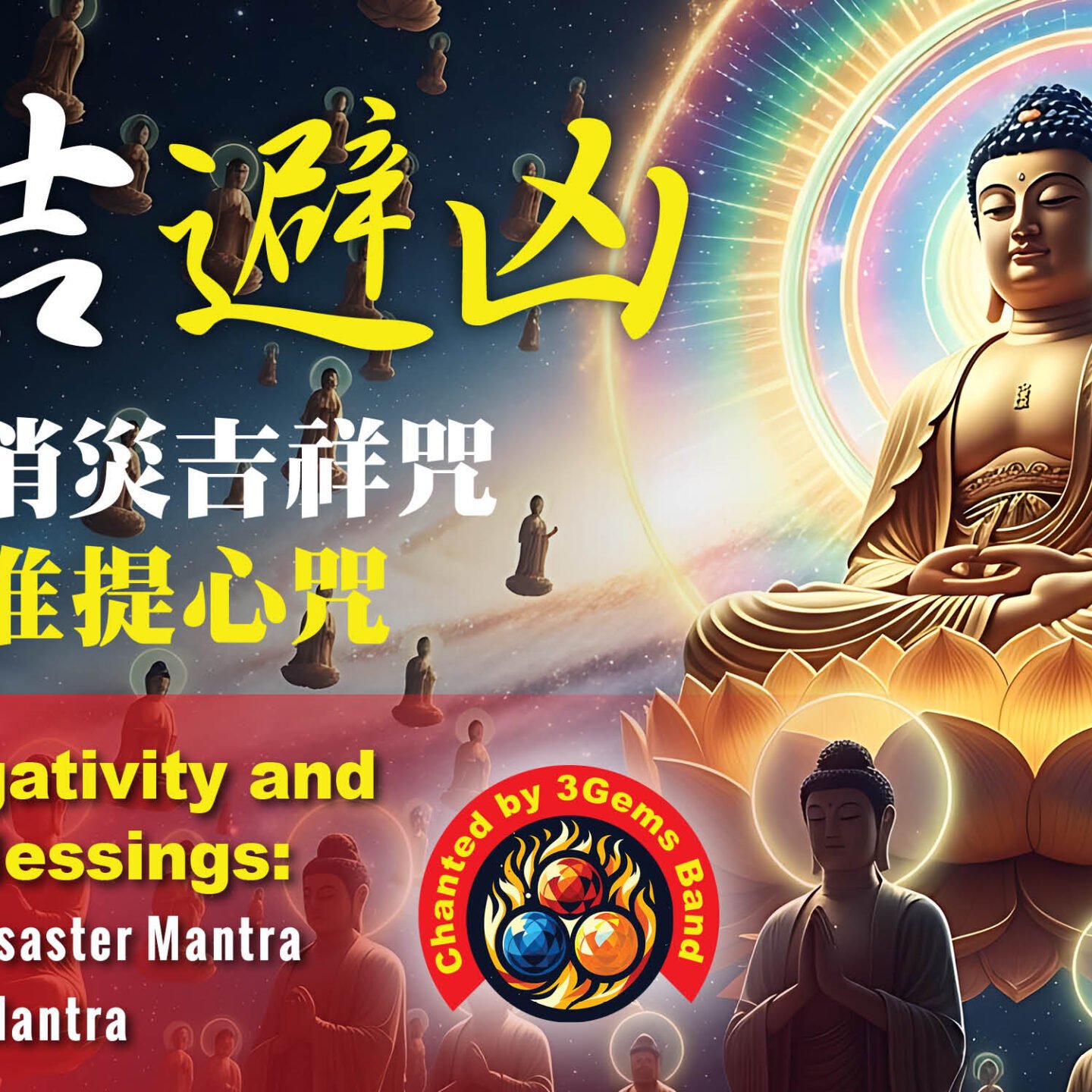
SUPPORTING MEMBERS VIDEO: Blessing Dharani and Cundi Heart Mantra 消災吉祥咒與准提心咒 CLEAR NEGATIVITY & ATTRACT BLESSINGS MANTRAS
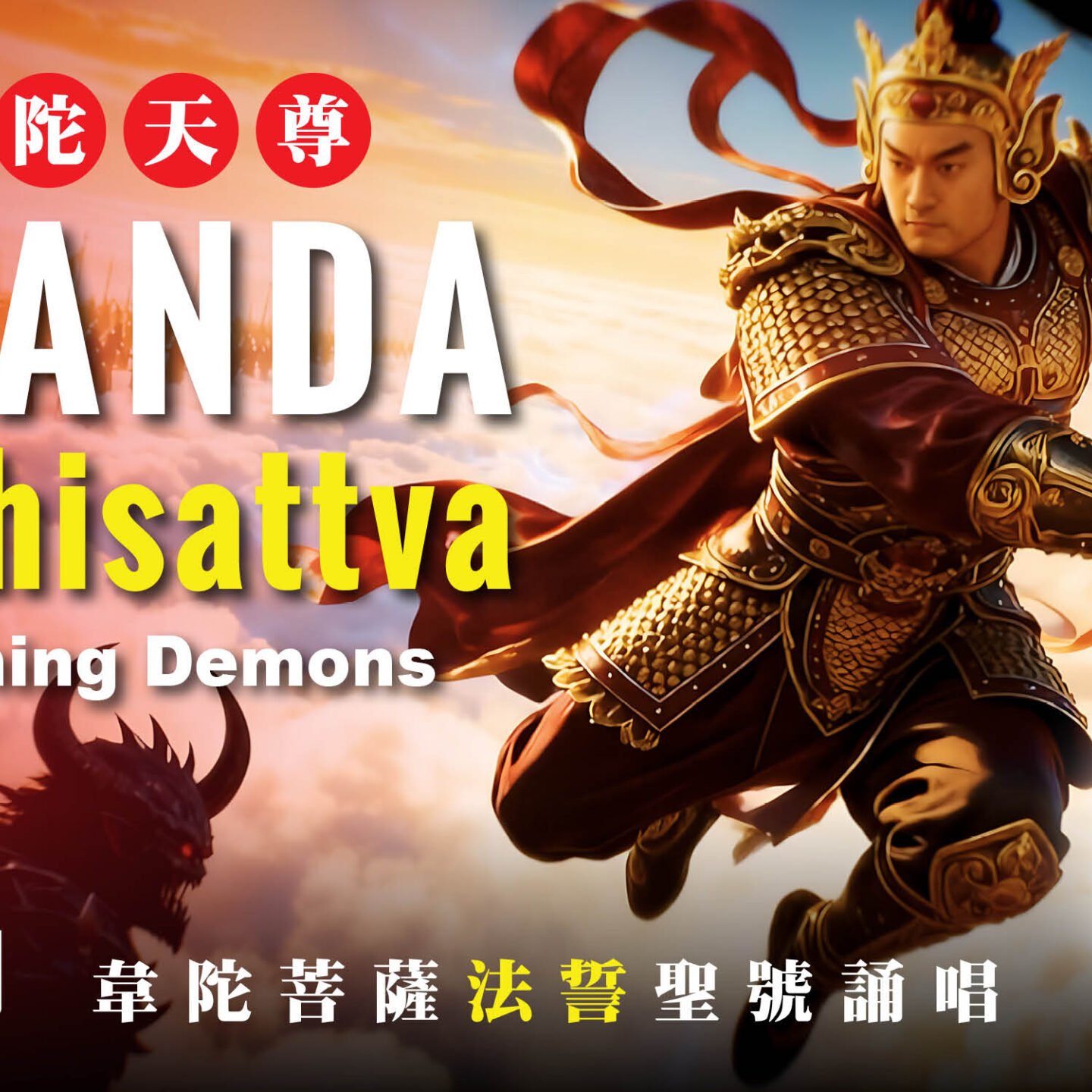
SUPPORTING MEMBER VIDEO: EPIC SKANDA BODHISATTVA MV! Before Wukong, There Was Skanda, the Demon-Crusher Wei Tuo 韋馱菩薩護法誓
Search
Latest Features
Please support the "Spread the Dharma" mission as one of our heroic Dharma Supporting Members, or with a one-time donation.
Please Help Support the “Spread the Dharma” Mission!
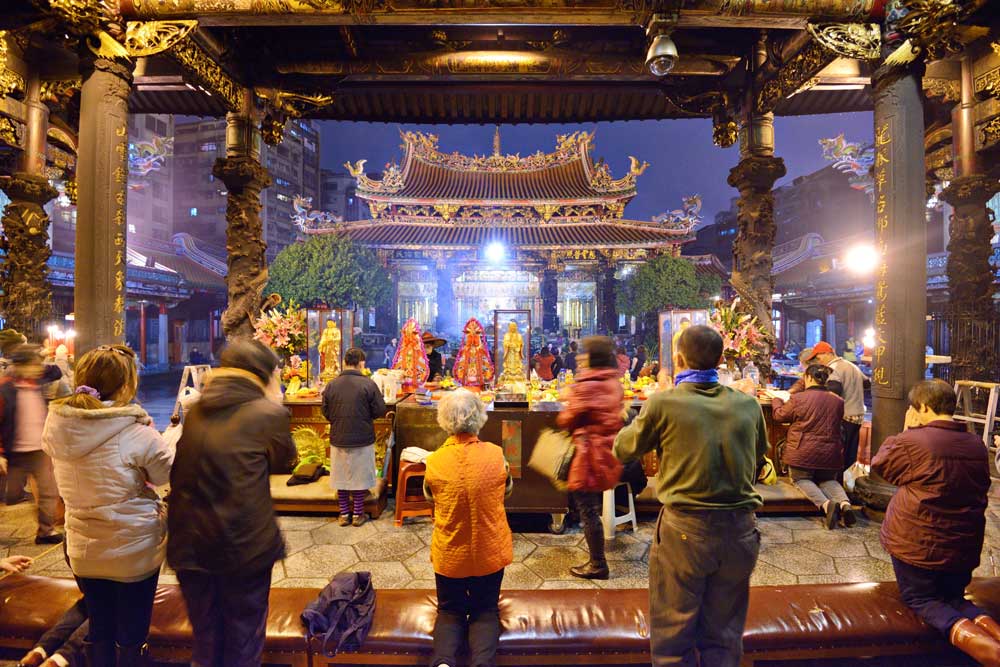
Be a part of the noble mission as a supporting member or a patron, or a volunteer contributor of content.
The power of Dharma to help sentient beings, in part, lies in ensuring access to Buddha’s precious Dharma — the mission of Buddha Weekly. We can’t do it without you!
A non-profit association since 2007, Buddha Weekly published many feature articles, videos, and, podcasts. Please consider supporting the mission to preserve and “Spread the Dharma." Your support as either a patron or a supporting member helps defray the high costs of producing quality Dharma content. Thank you! Learn more here, or become one of our super karma heroes on Patreon.
Lee Kane
Author | Buddha Weekly
Lee Kane is the editor of Buddha Weekly, since 2007. His main focuses as a writer are mindfulness techniques, meditation, Dharma and Sutra commentaries, Buddhist practices, international perspectives and traditions, Vajrayana, Mahayana, Zen. He also covers various events.
Lee also contributes as a writer to various other online magazines and blogs.
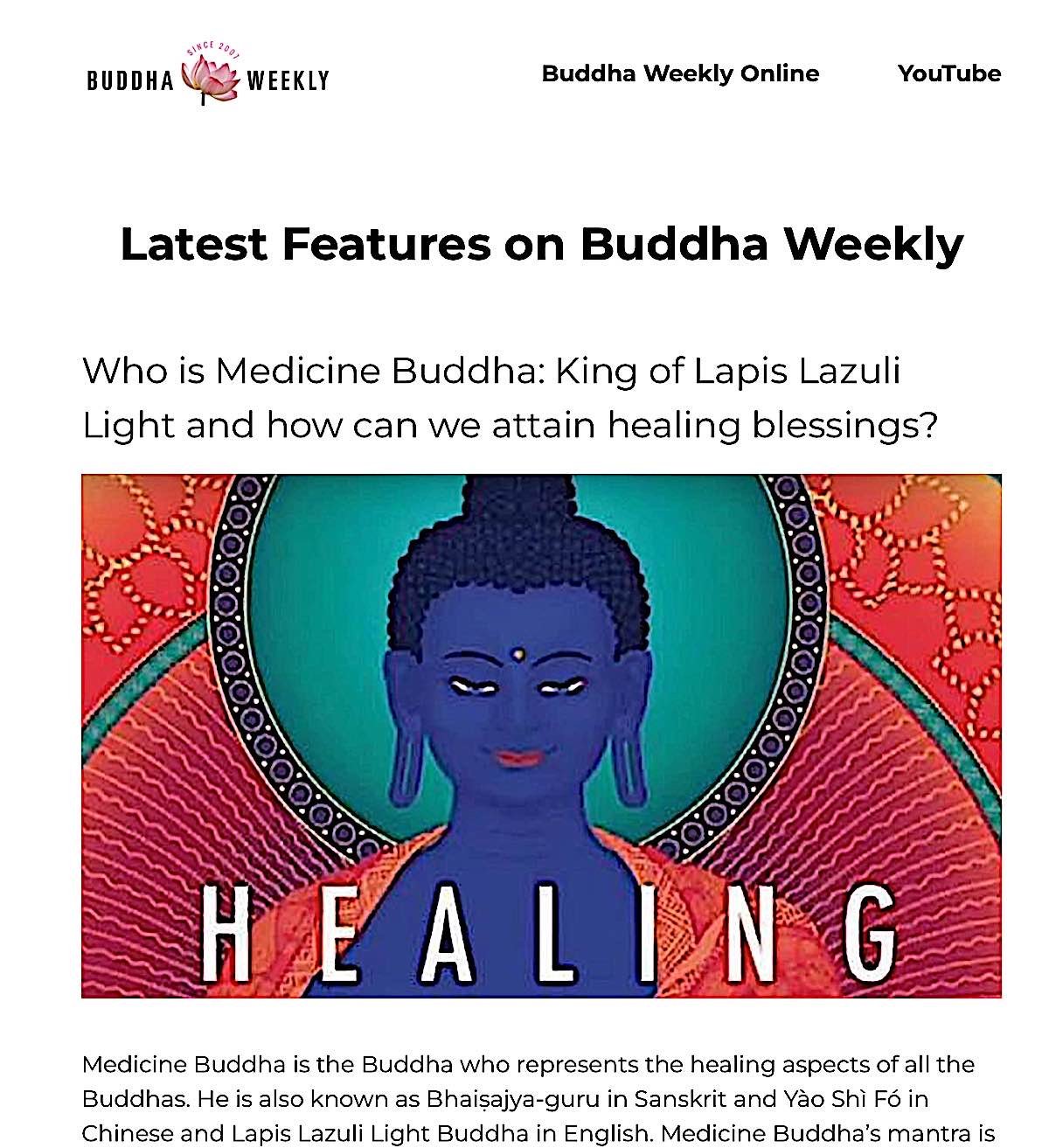
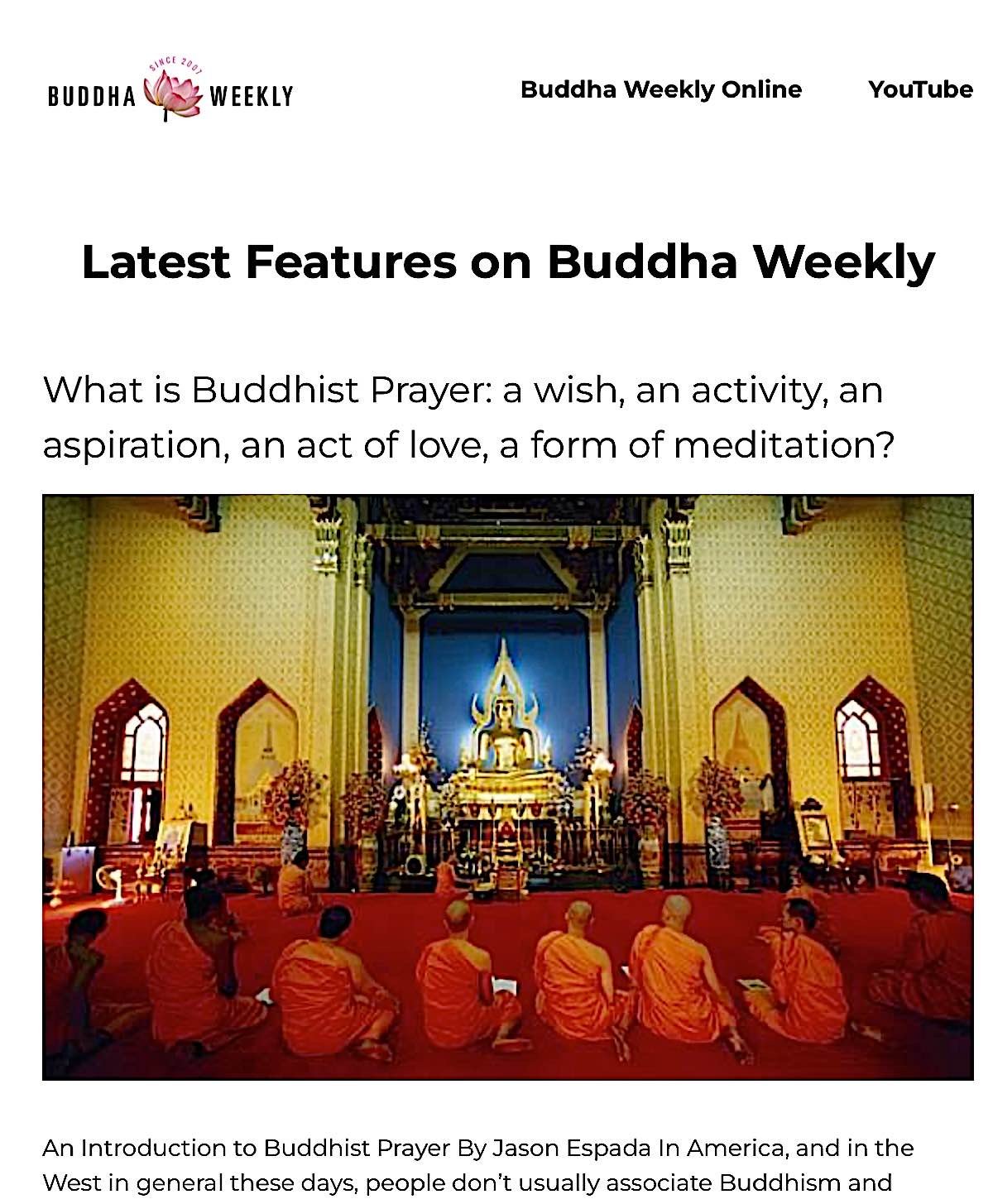




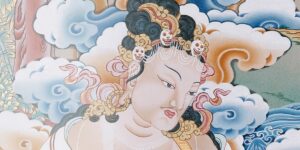
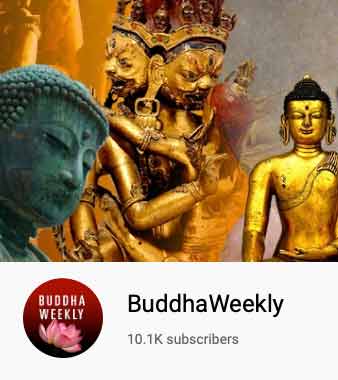
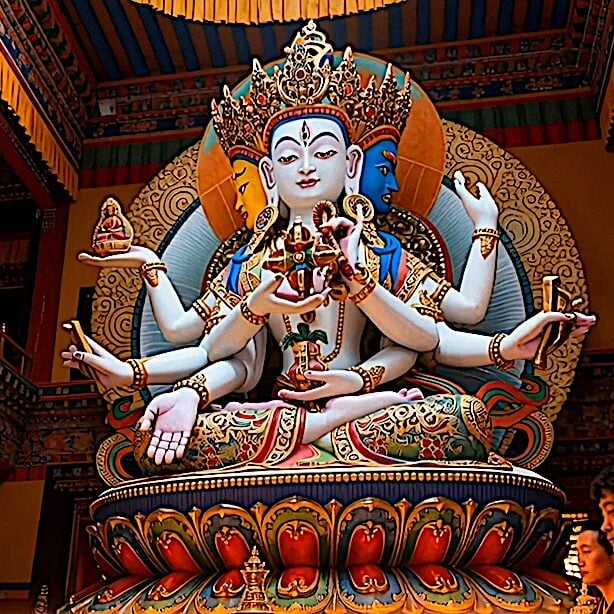

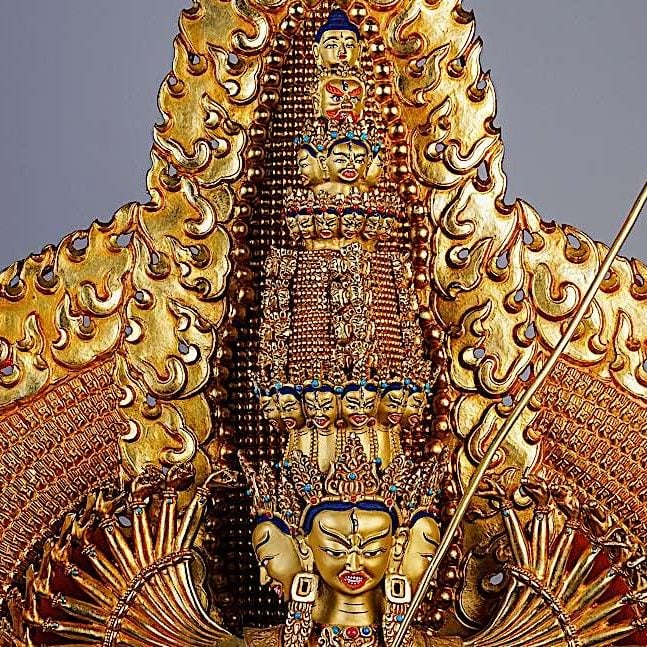



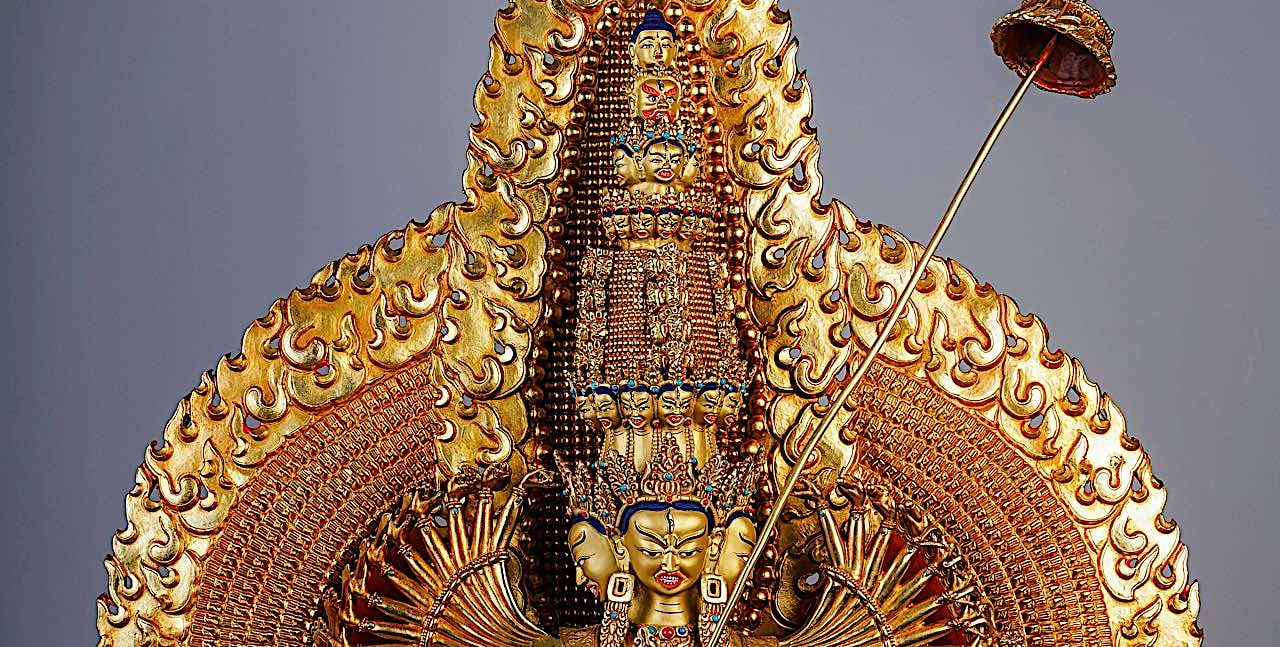
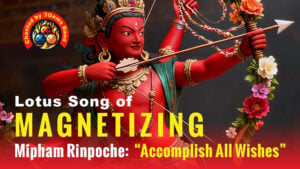
is there any Dharma centre or lama that has horses , teaches & saves horses & so on ?
Hi Suzanne, Specifically, not with that mission — although animal rescues, in general, are a specific and powerful practice in Buddhism. Many Lamas who grew up in the horse cultures of Tibet and Mongolia are very horse attuned, which is one reason Hayagriva is so incredibly popular as an expression of the compassionate Lord Avalokiteshvara. Especially Mongolia, where Hayagriva is very huge as a practice (a kind monk in Mongolia painted my little Thangka of Hayagriva, so beautiful, you could feel the spirit of the artist. For example, Venerable Zasep Rinpoche (he teaches in Canada, Australia, US, Mongolia, etc.) is headed to Mongolia now for teachings, and he often does Hayagriva teachings when he goes there. In Mongolia, he always jokes, there are more horses than people (although I think that might be true:-) Lama Zopa Rinpoche is a huge advocate of animal rescues in general. I think you’ll find any Tibetan lama is very tuned to horse culture. However, a Dharma Centre that specifically has horses, that I haven’t heard of, sorry. In kindness, Lee